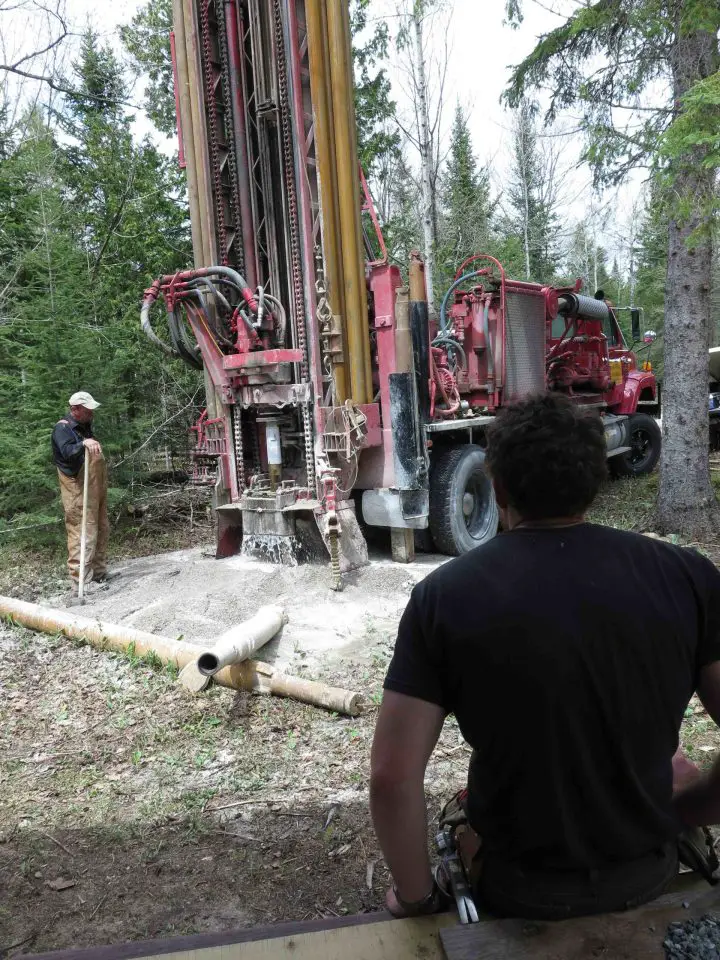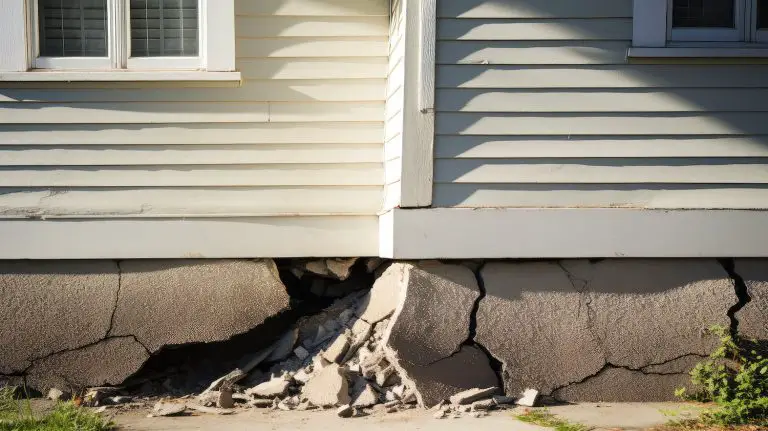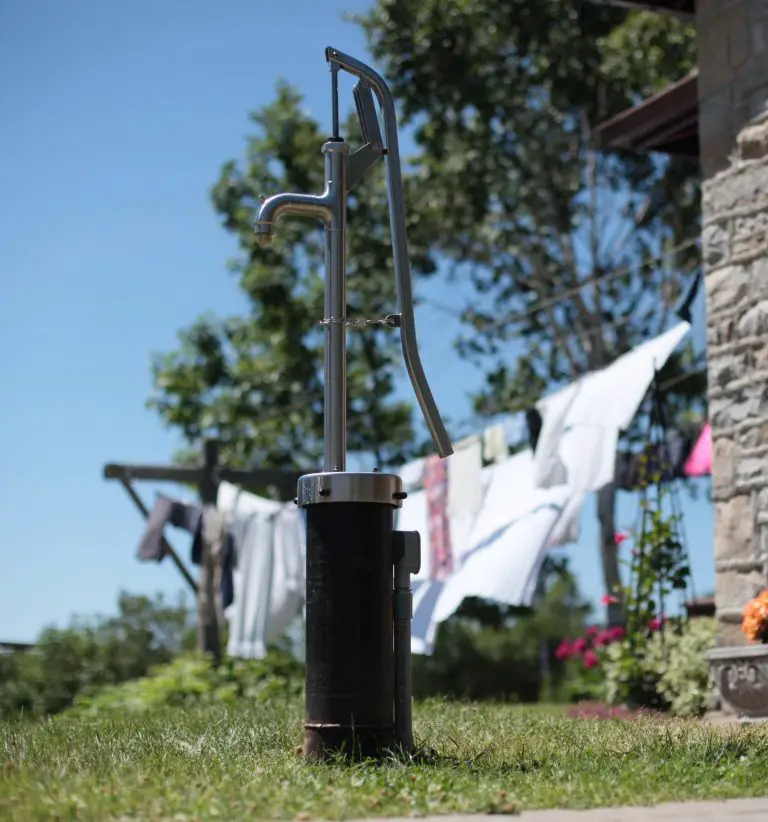
Freshwater resources are critical for homes, communities and various industries such as agriculture. As demand grows, managing these resources effectively has become a significant concern. But with almost 96 out of 204 basins in the U.S. experiencing water shortages, providing adequate water for an area becomes challenging. Some consider installing low-producing water wells to resolve this concern, while others might invest in a new one.
You might be weighing the pros and cons of either option. To help you decide, keep reading. This article breaks down both approaches to help you decide which fits your needs.
Definition and Characteristics
Before deciding which option to take, it’s essential to know what each one is and does. Understanding the different characteristics will help you make a wise choice.
Low-Producing Water Wells
Low-producing water wells provide less water compared to other wells in the same area. These wells often yield under five gallons per minute, depending on the local aquifer, and can experience frequent dry periods, slower recovery times, and higher pumping costs.
If you currently have a low-producing well there are high-quality well water solutions to help optimize your water supply. Tools like well harvesters can improve water availability during periods of low pressure or output. Additionally, quality wells are designed to prevent over-pumping, allowing you to use water efficiently without wasting resources.
New Water Wells
Modern water wells, especially newly drilled ones, leverage advanced technology to optimize depth and yield. They often provide higher flow rates tailored to your specific needs. New wells can tap deeper aquifers, which might offer better water quality and more sustainable supplies.
One option isn’t better than the other. Low-producing water wells may be ideal for specific places, like residential properties, while new water wells might be preferred for industrial locations. It all depends on your situation.
Economic Considerations
Using low-producing water wells often requires consistent spending on the following:
- Operational Costs: Pumping water from low-producing wells typically demands more energy, increasing electricity expenses.
- Repairs and Maintenance: Equipment wears out faster due to prolonged use, especially when dealing with dry spells or sediment buildup.
While rehabilitating these wells is an option, the process—including cleaning, hydrofracturing, or deepening—adds to costs. If the well’s productivity doesn’t improve significantly, these expenses may outweigh the benefits in the long term.
Drilling a new well is also a considerable investment upfront. It covers:
- Site Assessment and Permits: Evaluating geological factors and obtaining necessary approvals are necessary.
- Labor and Equipment: Modern drilling rigs and skilled professionals ensure precision.
This method can cost between USD$1,800 and USD$24,500. New wells offer predictable yields and longer operational lifespans despite the initial expense. The higher water output can offset costs by meeting demand more efficiently, making them a more attractive option for large-scale users.
Water Production Efficiency
Low-producing water wells often struggle to meet demand, especially during peak periods. In contrast, new wells are designed for optimal performance, usually delivering two to five times the output of older, struggling wells. Greater efficiency ensures a consistent water supply and reduces energy consumption.
Advancements in drilling and pumping technology enhance water extraction efficiency. Innovations in new wells include directional drilling and high-capacity pumps. Low-producing water wells might benefit from upgrades like variable-speed pumps or well rehabilitation techniques, but these methods rarely match the output of newly drilled wells.
Regulatory and Environmental Factors
Maintaining low-producing water wells involves adhering to local pumping restrictions designed to prevent the overuse of aquifers. Drilling a new well requires thorough environmental assessments and permits to ensure sustainable practices. You’ll need to account for these factors when deciding which route to take.
Low-producing water wells can strain aquifers if overused, leading to groundwater depletion. Drilling new wells introduces its own challenges, such as habitat disruption, increased land use, and potential declining water levels. A study revealed that only 6% of aquifers worldwide saw water levels rise at least four inches annually. However, adopting sustainable practices like rotating usage or installing advanced monitoring systems minimizes environmental risks for both options.
Geological Considerations
The performance of low-producing water wells often depends on the aquifer’s condition. Shallow aquifers may dry up faster, while deeper ones provide more stable yields.
But deeper aquifers can sometimes contain higher levels of contaminants like arsenic. Seven percent of over 5,000 wells across the U.S. were reported to contain arsenic levels above the current standard of 10 µg/L. When drilling a new well, geological studies identify aquifers with the highest potential for long-term productivity and potable water quality. Drilling new wells involves uncertainties like contamination or hitting dry zones while low-producing wells have predictable—albeit limited—outputs. Mitigating these risks requires thorough research and collaboration with hydrologists.
Market Dynamics
Increasing water demand across sectors affects the decision between maintaining low-producing water wells and drilling new ones. Agriculture, for instance, often requires large volumes, making new wells more appealing. Residential and industrial users might prioritize efficiency and cost-effectiveness, leaning toward upgrades or replacements.
Projected population growth and climate change will likely intensify water scarcity. Investing in sustainable water solutions, whether by improving existing wells or drilling new ones, helps ensure long-term resilience. Monitoring these trends provides valuable insights for planning.
Community Impact and Public Perception
When deciding between maintaining low-producing water wells or drilling new ones, you must consider the impact on local communities and their perception of the decision.
Low-producing wells, often associated with sustainable water use, may garner support in areas focused on conservation. However, their limited output can strain resources during peak demand, potentially leading to community dissatisfaction.
On the other hand, drilling new wells might raise concerns about environmental disruption and long-term sustainability. Public awareness campaigns highlighting the adoption of environmentally friendly practices and the need for reliable water supplies can help address these issues.
Wrapping Up
Weighing the options between low-producing water wells and drilling new ones involves balancing cost, efficiency, and sustainability. Both choices have advantages, but your decision should align with your specific circumstances and water demands.
Before deciding, carefully gauge the pros and cons and assess your location and situation. If you need help, feel free to collaborate with experts and stay informed about trends to find a solution that works for you.












